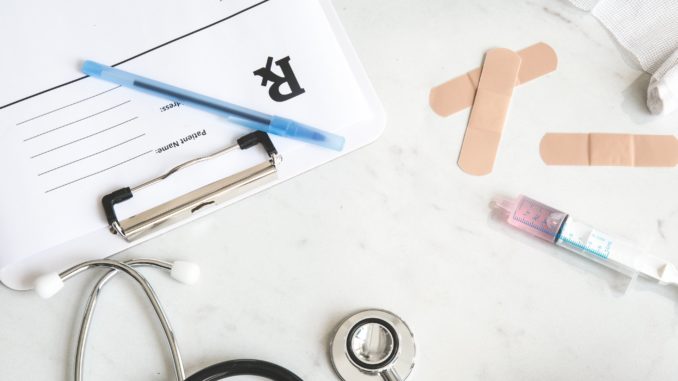
By Dr. Ann Childress, M.D.
Approximately 6 million children in the United States have attention-deficit/
The good news is that ADHD is highly treatable. Medication and behavior therapy — or some combination of the two — can help people with ADHD manage their condition and lead healthy lives.
The bad news is that many ADHD patients are struggling to access these treatments. That is largely due to the actions of little-known middlemen in the drug supply chain: pharmacy benefit managers (PBMs).
Insurers hire PBMs to manage the prescription drug components of their health plans. PBMs negotiate with drug companies to decide which medicines to include on a plan’s “formulary” — the list of medicines an insurer will cover — and at what prices.
PBMs use their control over formularies to play drug manufacturers against each other and secure the largest discounts possible. For a given class of similar medications, PBMs will often favor a small number, say one or two, out of a dozen potential treatments.
Drug makers are willing to offer substantial discounts for preferred treatment on insurer formularies. In 2021, discounts to payers — private insurers as well as other entities, such as the Medicare and Medicaid programs — lopped more than $118 billion off the list price of brand-name medicines.
The variable results of formulary negotiations, however, often end up leaving patients in the lurch. That’s especially true with regard to the medications used to treat ADHD and other mental health conditions.
Most people think a generic medication is exactly the same as the brand-name drug on which it is based. But that’s not true. For approval as an equivalent, the FDA allows generics to fall within the range of 80%-125% of the “bioavailability” of the reference drug — essentially, the amount of the drug that is actually absorbed by the body.
This allowable variability can make the difference between relief from ADHD, the return of symptoms due to lesser bioavailability, or the onset of side effects due to greater bioavailability.
From a clinician and patient perspective, this can become a nightmare — a scramble to help patients find suitable relief at an affordable price.
For example, one of the largest PBMs, OptumRx, announced that it is removing several popular ADHD-treating drugs from its coverage and replacing them with generic versions that might not offer the same bioavailability as their brand-name counterparts.
CVS’s company-owned PBM plans to limit its coverage of Adderall XR — the drug’s extended-release formulation — and another popular ADHD treatment, Concerta, likewise limiting treatment options for patients.
All this churning activity is highly lucrative for PBMs. Their gross profits totaled more than $28 billion in 2019. But patients are getting a raw deal. The three largest PBMs together control 80% of the market. The list of their “excluded” drugs grew from 850 in 2020 to more than 1,150 in 2022.
Fortunately, lawmakers in Washington are beginning to show interest in standing up for patients. A new bipartisan “Patient Advocacy Caucus” promises to investigate the drug supply chain middlemen keeping prices high for patients. They’ve pledged to begin with PBMs. There’s a lot more to be done, but that’s a good place to start.
Dr. Ann Childress, M.D. is a physician and internationally recognized expert in the diagnosis and treatment of ADHD. She also serves as president of the American Professional Society of ADHD and Related Disorders.
Support Northern Colorado Journalism
Show your support for North Forty News by helping us produce more content. It's a kind and simple gesture that will help us continue to bring more content to you.
BONUS - Donors get a link in their receipt to sign up for our once-per-week instant text messaging alert. Get your e-copy of North Forty News the moment it is released!
Click to Donate
